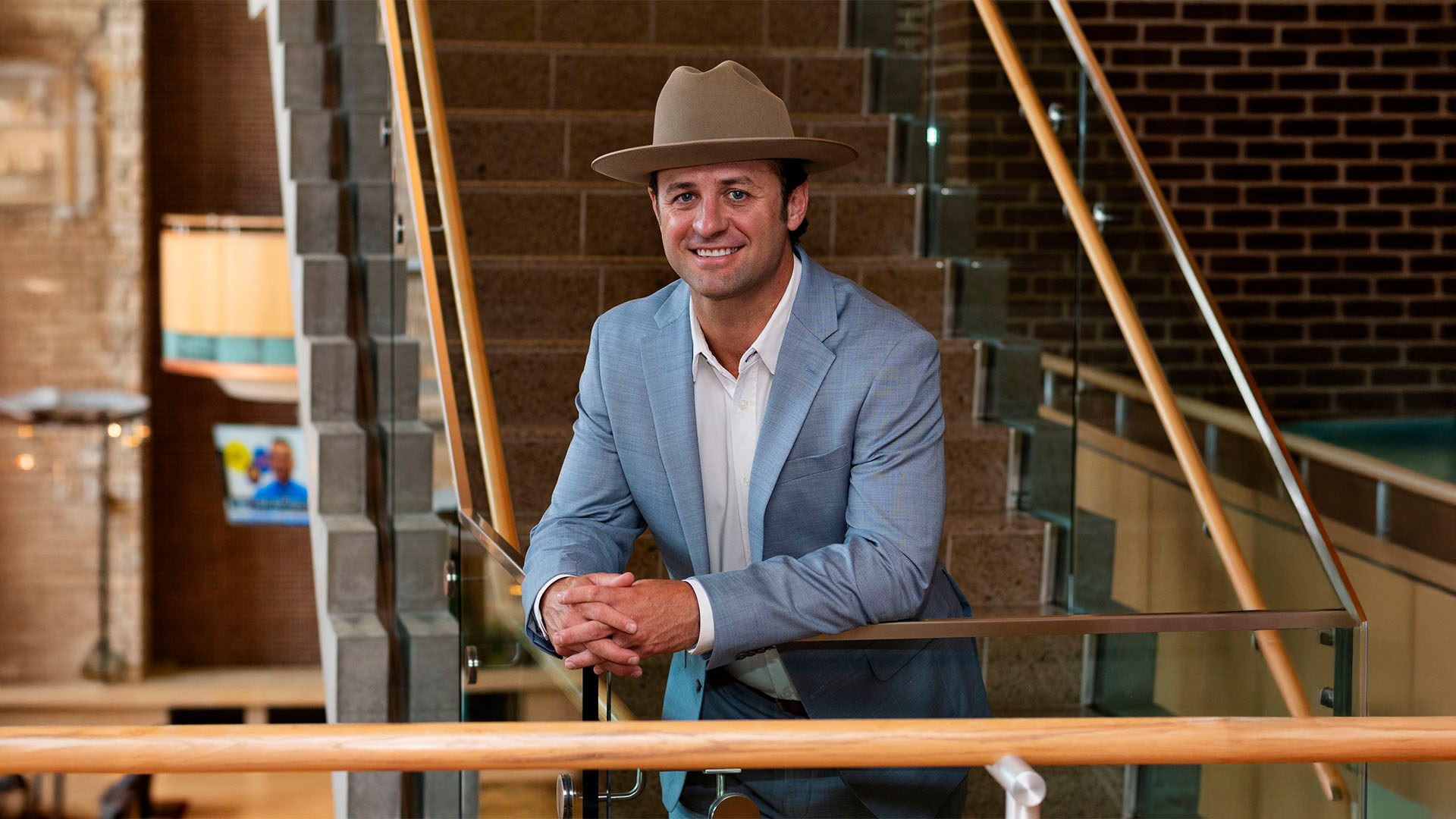Building homes the traditional way is getting harder every year. Materials cost more, good workers are tough to find, and weather can shut down projects for weeks. Lance Thrailkill thinks he’s found a better way. His company, PRINT3D Technologies, uses 3D printing to build houses faster and cheaper than anyone thought possible. The technology might sound futuristic, but the results are already changing how developers think about construction.
Building Wall Systems in Weeks
Most people do not realize how many specialized crews it takes to build a traditional home. Framers, drywall installers, masons, plumbers, electricians, painters, and others move in sequence, each waiting for the last to finish. A single weather delay can throw the entire schedule off track. Thrailkill’s approach replaces that fragile process with 3D printing. “With 3D printing, we can build the structural envelope of a home, both interior and exterior walls, in just days with only two operators,” he explains. Instead of waiting on crews or clear skies, the printer works continuously, layer by layer, until the walls are complete. The result is dramatic. Their process removes the need for framing, sheetrock, masonry, and even paint, cutting weather delays and shrinking construction timelines by at least 30 percent. For developers building at scale, that speed translates into lower financing costs and rental income arriving months sooner.
Fixing the Cost Problem
Construction costs have become increasingly unpredictable. Lumber prices swing from one month to the next, skilled contractors charge premium rates, and every delay eats into the budget. Most developers try to cope by padding their estimates, but that only works until the unexpected hits. Thrailkill recognized this pattern early in his career. “Traditional construction is full of unpredictable variables, from fluctuating lumber prices to labor shortages and cascading delays,” he explains. His solution avoids many of those risks by replacing lumber with a variety of options for cementitious mixes and relying on automation rather than large crews. The impact is significant. By cutting out volatile materials and reducing labor demands, his team can lower building costs by about 20 percent compared to conventional methods. For build-to-rent developers already working with tight margins, those savings can be the difference between a project that stalls and one that scales.
Strengthening Homes with Durable Concrete
Here is something most developers overlook when planning rental properties: what happens five years down the road. Wood frame construction looks fine on a spreadsheet, but termites and mold do not care about business plans. Neither do tenants who damage drywall or mold that spreads inside walls after a plumbing leak. Thrailkill takes a different approach. His buildings use concrete rather than wood, eliminating many of these problems. “3D printed homes are made of cementitious mixes, not wood, so there is no rot, termites, or mold inside the walls,” he explains. Concrete also stands up better to daily wear and tear from tenants. Less maintenance translates into higher long-term returns.
The proof is in the rentals that they have built. Most landlords budget for major repairs between tenants, but Thrailkill’s experience has been very different. “The three rentals that we have built have only required cleaning fees during changeover between tenants. That is remarkable compared to traditional construction.” Finding a conventional property with that kind of track record is nearly impossible. For him, the advantage goes beyond durability. Construction has long been more craft than science, with every house turning out slightly different depending on the crew and the day. Thrailkill believes it should not work that way. “At PRINT3D Technologies, we are bringing a manufacturing mindset to housing, helping you build better, faster, and smarter,” he says.
The idea is straightforward. If cars can be manufactured with consistent quality and predictable costs, why not homes. The technology is still new, but the results are already clear: faster construction, lower costs, and buildings that last longer. Thrailkill is confident that “3D printed homes offer repeatable, efficient, and durable solutions that are tailor-made for the demands of build-to-rent communities.” For developers looking to scale rental portfolios without the usual maintenance and cost headaches, the case is becoming difficult to ignore.
Connect with Lance Thrailkill on LinkedIn to explore how 3D printed construction is reshaping housing.










